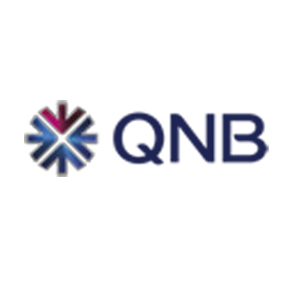 KUWAIT: Kuwait is set to implement an expansive investment program over 2017-19, much of which focuses on upgrading the country's refineries and hard infrastructure. Infrastructure investment this year should see growth in the non-hydrocarbon sector rise to 3.7 percent from 2.5 percent in 2016. Kuwait's current investment program complements the country's longer-term Kuwait Vision 2035 which seeks to transform the nation into a regional financial and cultural hub. However, in 2017, the boost in non-hydrocarbon growth will be overshadowed by a contraction in the hydrocarbon sector as a result of OPEC-agreed oil production cuts. Nonetheless, by 2019, once OPEC caps are removed, both the non-hydrocarbon and hydrocarbon sectors should see robust growth. As a result, we expect headline growth to be negative in 2017, at 1.4 percent, and accelerate to 5.4 percent in 2019.
KUWAIT: Kuwait is set to implement an expansive investment program over 2017-19, much of which focuses on upgrading the country's refineries and hard infrastructure. Infrastructure investment this year should see growth in the non-hydrocarbon sector rise to 3.7 percent from 2.5 percent in 2016. Kuwait's current investment program complements the country's longer-term Kuwait Vision 2035 which seeks to transform the nation into a regional financial and cultural hub. However, in 2017, the boost in non-hydrocarbon growth will be overshadowed by a contraction in the hydrocarbon sector as a result of OPEC-agreed oil production cuts. Nonetheless, by 2019, once OPEC caps are removed, both the non-hydrocarbon and hydrocarbon sectors should see robust growth. As a result, we expect headline growth to be negative in 2017, at 1.4 percent, and accelerate to 5.4 percent in 2019.
Over 2017-19, the government will be undertaking an investment drive to develop Kuwait's infrastructure with signature projects, including the addition of a new $4 billion terminal to the airport that will increase capacity to 25 million passengers. Construction on the airport's runway and main building began earlier this year. Other landmark projects that have already been awarded in previous years and are well underway are the upgrades and expansions of Kuwait's refineries, including a new greenfield refinery to replace a previously decommissioned facility. Capital spending on these projects is outlined at $18 billion.
Despite the boost in infrastructure spending, headline growth will likely be negative in 2017, dragged down by a contraction in the hydrocarbon sector. Kuwait's average crude oil production is expected to fall to 2.71m b/d in 2017, from 2.85m b/d in 2016. As such, we expect the hydrocarbon sector to contract by 4.9 percent in 2017, bringing headline growth to 1.4 percent. We expect Kuwait to ramp up production to pre-agreement levels once the OPEC cuts come to end, increasing production to 2.85 million b/d by 2019 and allowing headline growth to rise to 5.4 percent.
From project award to estimated completion
Kuwait's investment drive is part of a larger vision to transform the economy into a cultural, commercial and financial leader in the region by 2035 as described in the country's national development plan, "New Kuwait." The development plan is centred around seven pillars: global standing, infrastructure, human capital, public administration, healthcare, the economy and living environment. Each pillar is associated with various outcomes. For example, on the economy, the aim is to increase the number of small business by 3,500 and for human capital, to increase capacity at colleges to accommodate an additional 40k students. Effective investments made today to increase skills, technology and the productive capacity of the economy can help Kuwait boost its level of competitiveness and raise longer-term growth rates.
QNB Economic Commentary










